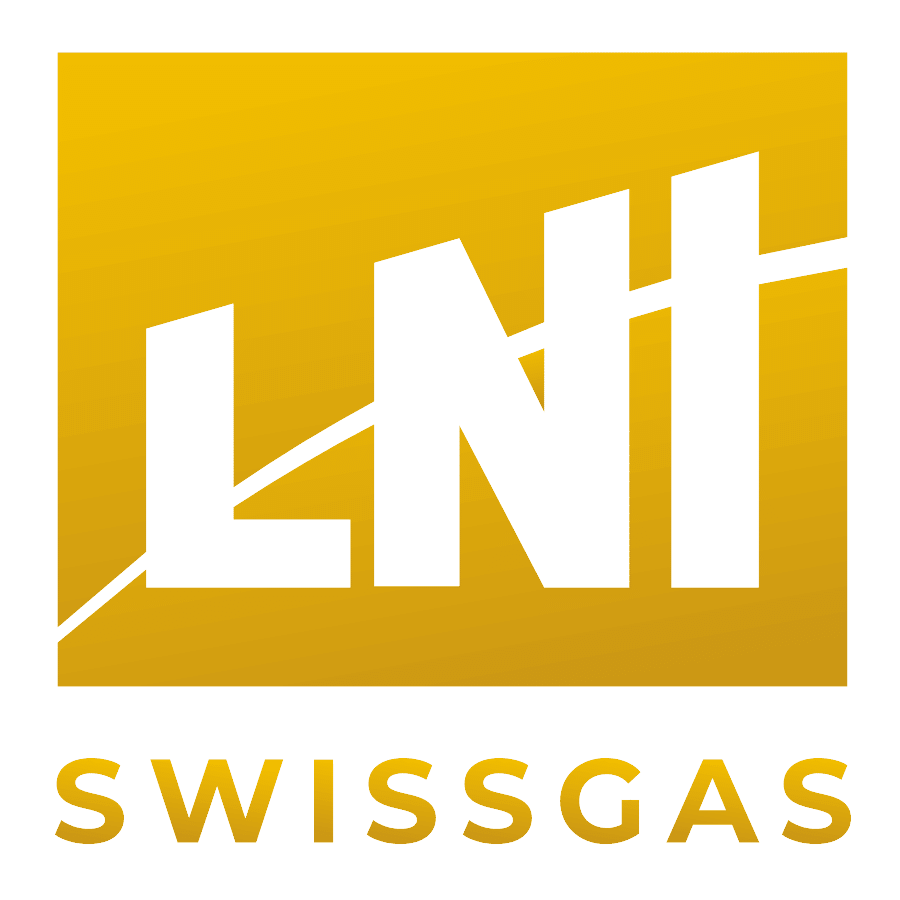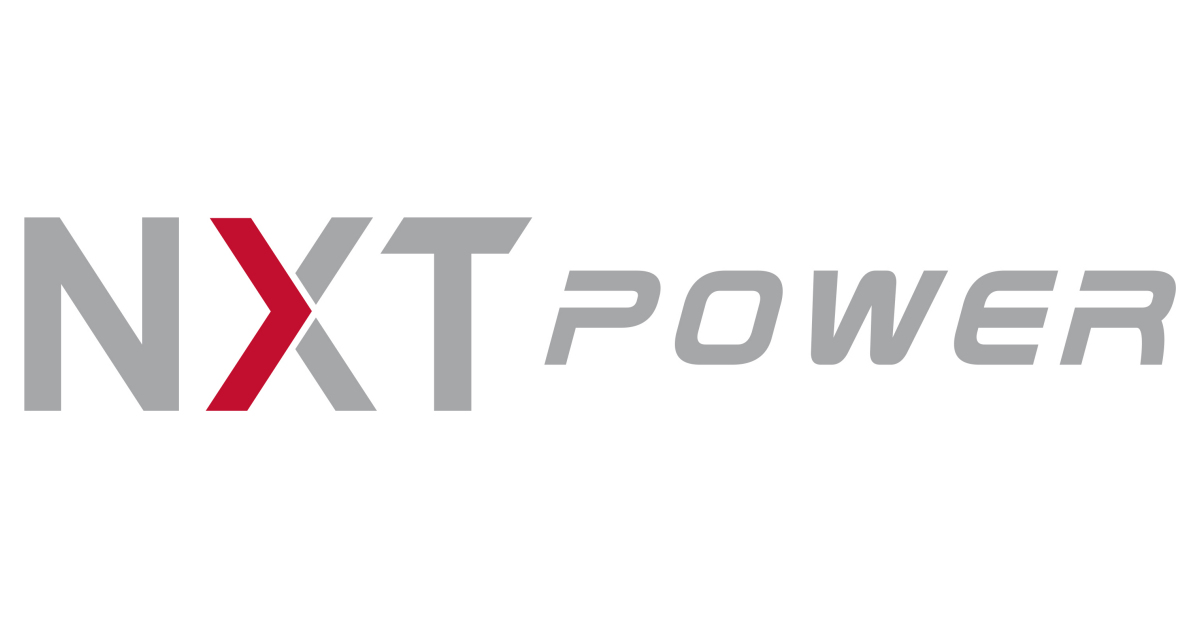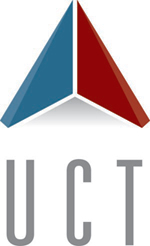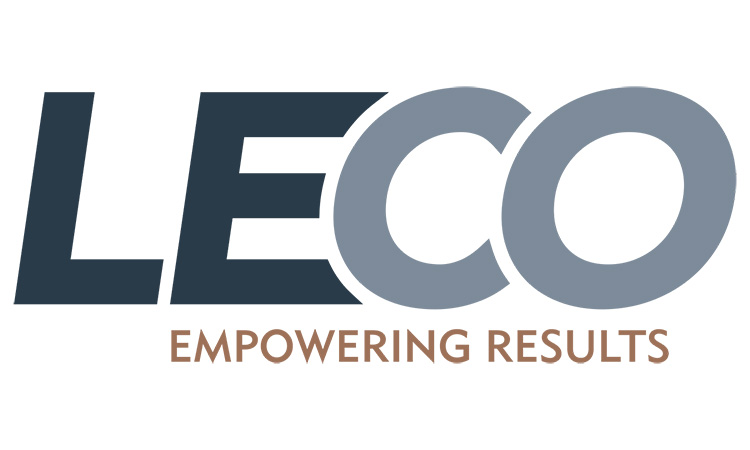CFDV Symposium 2024: Emerging Chromatography Technologies
with Jared Anderson, Barry Boyes, Cara D'Amico, Tom Brettell, Emory Payne, and Emanuela Gionfriddo
About This Symposium
CFDV Symposium 2024: Emerging Chromatography Technologies
April 18, 2024
| Time | Event |
| 8:00 - 9:00 | Breakfast & Registration (Sponsored by AMT) |
| 8:30 - 8:45 | AMT Breakfast Lecture |
| 9:00 - 9:15 | Opening Welcome |
| 9:15 - 4:30 |
Exhibit Open
Mac-Mod Analytical
Shimadzu
Advanced Materials Technology www.advanced-materials-tech.com
LECO
Agilent Technologies Inc
Daicel Chiral Technologies
Argento Scientific
QLA Lab Services
Waters
NXT Power
Axcend Corporation
SCIEX
Restek Corporation
Welch Materials
LNI Swissgas
REGIS TECHNOLOGIES
ThermoFisher Scientific
United Chemical Technologies |
| 9:15 - 9:50 |
Jared Anderson - Iowa State University
|
| 9:50 - 10:25 |
Emanuela Gionfriddo - University at Buffalo
|
| 10:25 - 11:00 |
Barry Boyes - Advanced Materials Technology
|
| 11:00 - 12:00 | Exhibits and Posters (Presenters) |
| 12:00 - 13:00 | Lunch (Sponsored by Shimadzu), Exhibits, and Posters |
| 12:30 - 12:45 | Shimadzu Lunch Lecture |
| 13:00 - 13:35 |
Cara D'Amico - BMS
|
| 13:35 - 14:10 |
Tom Brettell - Cedar Crest College
|
| 14:10 - 14:45 |
Emory Payne - Merck
|
| 14:45 - 15:00 | Mac-Mod Afternoon Lecture |
| 15:00 - 16:30 | Mixer (Sponsored by Mac-Mod), Exhibits, Posters (Presenters) and Awards |
Oral Program Speaker List:
Jared Anderson - Iowa State University
Understanding the Nanoscale Ordering of Ionic Liquids and Deep Eutectic Solvents to Enhance Separation Performance
Ionic liquids (ILs) and deep eutectic solvents (DESs) have desirable properties, such as negligible vapor pressure, high thermal stability, and structural tunability and have been used in a number of separations processes, including chromatography. Due to their structure and composition, they are known to undergo ordering at the nanoscale which is expected to affect numerous separations processes, such as analyte mass transfer. This talk will discuss research efforts underway at Ames National Laboratory to understand the nanoscale structuring of these solvents and how nanodomain formation can be exploited in separations processes. The talk will present several case studies including the development of median involving silver(I) ions that have been shown to be highly selective towards olefins in gas chromatography. We will discuss this complexation capability and how it can be modified through the use of ligands coordinated to silver(I) ion. This talk will also discuss the role that Cu(I) ion plays in olefin complexation and how the ionic liquid or polymeric ionic liquid affects overall analyte mass transport. We will also discuss ongoing efforts to understand analyte solvation in DESs and how chromatography can be used as a platform to guide the design of these fascinating solvents.
Emanuela Gionfriddo - University at Buffalo
Small Molecule Separation in Complex Samples through Sustainable and High-Throughput Microextraction Techniques
The extraction of small molecules from complex samples presents a significant challenge in analytical method development, whether for targeted or non-targeted analysis. Recent trends in microextraction techniques development have shifted towards greener and faster approaches, ensuring sustainability and high throughput during the extraction process. Solid Phase Microextraction (SPME) is an ideal method that aligns with these features, offering simultaneous extraction and enrichment of targeted analytes.
We explore novel microextraction methodologies to investigate the chemical composition of environmental and biological samples and assess the partitioning of small molecules in heterogeneous systems. Our work specifically targets various classes of environmental contaminants, such as PFAS, pesticides, and pharmaceuticals. We have developed specialized extraction technologies to ensure selective extraction and preconcentration of these compounds from complex samples before subjecting them to gas or liquid chromatography and direct introduction to mass spectrometry. These methods play a critical role in evaluating pollutants' environmental mobility and their impact on living systems.
Additionally, we investigate the use of biocompatible extraction phases and alternative SPME geometries to address specific analytical needs while minimizing disturbances to partition equilibria during the extraction process. These advancements hold promise for improving the accuracy and efficiency of small molecule analysis in complex sample matrices.
Barry Boyes - Advanced Materials Technology
Contemporary Peptide and Peptide Conjugate Analysis by LC/MS: Materials, Conditions and Examples
Peptide and modified peptide separation and analysis using HPLC with online MS detection has considerably improved during the past decade. A variety of mobile phase and stationary phase options for effective LC/MS have become popular. Broadly, these options focus on low pH mobile phase modifiers, with acetonitrile as the organic modifier, and the use of elevated temperature to improve both efficiency and recovery of particular peptide classes. Within acidic modifiers, we can consider the differences to be based on ion-pairing propensity, with TFA being highest, DFA intermediate, and formic acid the least. Comparisons of the features and benefits for use of these modifiers are presented, with a focus on peptide and peptide conjugate analyses.
With consideration of both electrospray ionization processes and corresponding MS detection limits, formic and acetic acids have been preferred. For chromatographic features, ion pairing reagents can have advantages. With potential regulatory considerations coming in to play for perfluorinated compounds, it is quite possible that there will be further shift away from TFA as a favored LC modifier for peptide separations. Towards this end, AMT and others have developed positively charged/RP hybrid materials, which alleviate aspects of the performance deficits often seen with weak acid modifiers applied to strongly basic compounds (including small molecules, peptides and modified peptides). Novel small (90 Å) and mid-pore size (160 Å) superficially porous hybrid cationic-reversed phase materials are described. Examples of LC and LC/MS analyses for synthetic peptides and tryptic digests of mAbs and antibody drug conjugate products are shown using these hybrid materials, with a variety of mobile phase modifier conditions.
Cara D'Amico - BMS
Development of an Automated LC Fractionation and Enrichment Workflow for Structure-Function Relationship Studies of Biological Therapeutics
The post translational modification (PTM) of therapeutic biologics has been extensively studied. It is crucial to characterize and monitor variants with these PTMs because they can affect the potency, pharmacokinetics (PK) and stability of the product. Separation and enrichment of low abundance variants is often necessary for full structural characterization and potency/PK evaluations; however, separating and generating sufficient quantities of material is a labor intensive and time-consuming process. Typical workflows consist of a liquid chromatographic (LC) fractionation, manual pooling of fractions from multiple runs, and manual concentration from large volumes to a few milliliters via centrifugation and spin filtration. The entire process can take days or weeks and is often prone to sample loss due to extensive manual handling and liquid transfer. In this work, we designed an automated and more efficient workflow for the isolation and enrichment of biological variants. Fractions were enriched online by coupling LC separation with affinity columns using a multi-channel valve. A hands-free buffer exchange liquid handler, Unagi, was used for subsequent buffer exchange and further concentration. The new workflow has been successfully used to fractionate and enrich the succinimide degradants of a monoclonal antibody therapeutic. The succinimide degradants were separated by anion exchange (AEX) chromatography via salt gradient and captured with protein A affinity columns with overall recoveries of 88% to 100%. The subsequent structure-function study of the enriched degradants confirmed the PTM of succinimide in the complementarity determining region (CDR), which was found to negatively impact potency. This workflow was also expanded to other separation modes, such as cation exchange with a pH gradient and hydrophobic interaction chromatography at pH 4 for the variant enrichment of a bispecific antibody. To accommodate separations at extreme pHs, an online neutralization step was incorporated upstream of protein A capture to ensure efficient online binding and recovery. Overall, we developed an efficient and automated process, significantly reduced hands-on time, and maximized sample recovery as compared to traditional workflows. Future work is aimed at fully characterizing the system and expanding the workflow to other classes of protein-based therapeutics.
Tom Brettell - Cedar Crest College
Overcoming Challenges of Novel Psychoactive Substance Analysis Using Derivatization with Gas Chromatography
Over the past decade illicit drug distributors have been modifying the chemical structures of common drugs of abuse to create “designer drugs” to circumvent laws restricting their use. This has resulted in the synthesis of several different classes of novel psychoactive substances (NPSs) which have included synthetic phenethylamine-based drugs such as aminoindanes, NBOH, NBOMe, and 2C-X compounds. The emergence of these NPSs that have variant and closely related structures create analysis challenges for crime labs. Gas chromatography-mass spectrometry (GC-MS) has been and continues to be the gold standard for analysis of seized drugs in crime labs. However, analyzing the free base parent drug using this technique often falls short when differentiation of closely related compounds such as regioisomers need to be identified. Derivatization of the drugs can be used to overcome such challenges. The presentation will highlight the use GC-MS with several different derivatization reagents to resolve closely related structures of aminoindanes, NBOH, NBOMe, and 2C-X analogs.
Emory Payne - Merck
A multi-analytical approach to nanoemulsion vaccine adjuvant characterization
Adjuvants are important vaccine constituents that provide enhanced immunogenic response, particularly for pediatric, elderly, or immunocompromised populations. One adjuvant subtype leverages stable nanoemulsions which are complex mixtures of oil and surfactants in water. Several nanoemulsion-based adjuvants have been tested and commercialized with demonstrated effectiveness and safety. Next generation nanoemulsion systems have the potential to improve future vaccine effectiveness further, but also add complexity through additional oils, surfactants, and other components. With increasing formulation complexity, it is critical to develop robust analytical methods for characterization and stability testing. Here, we present the development of multiple methods for testing and monitoring nanoemulsion quality attributes using dynamic light scattering (DLS), electrophoresis, high-performance liquid chromatography (HPLC), and mass spectrometry (MS).
Emulsion particle (i.e. droplet) size and zeta-potential are potentially useful attributes for nanoemulsion characterization. For initial process and formulation development, a method for simultaneous particle sizing and zeta-potential measurement was developed. Measurements were achieved with batch dynamic light scattering and phase-analysis light scattering for rapid testing with minimal sample consumption. While zeta-potential relates to colloidal stability of emulsion particles, it cannot directly measure chemical degradation through oxidation and hydrolysis. Therefore, a second method was developed to monitor the generation of undesirable small carbonyl compounds resulting from oxidation of the oil phase. An HPLC method was developed to monitor 13 potential carbonyl species through chemical derivatization with dinitrophenylhydrazine. This method can quantify these carbonyl small molecules orders of magnitude lower than limits set by regulatory agencies. Finally, an HPLC-MS method was developed to measure fatty acids resulting from surfactant breakdown. As the fatty acids are unique to the individual surfactants, specific component stability is elucidated.
The three assays were applied to the characterization and testing of AddaVax and AddaS03, which are nanoemulsions that differ in composition and complexity. These methods performed well through relevant testing and spike-recovery experiments. Based on these results, the methods developed are promising for characterization and testing of future nanoemulsion systems. Development of advanced analytical tools for emulsion characterization can further direct formulation efforts to generate highly stable, effective vaccine adjuvants.
Student & Young Professional Poster Session: Click here for the poster program website and for more details on abstract submission.
On-Site Registration Instructions (Only for Those Who Did Not Register Online and Require Same-Day On-Site Registration):
- Notify Brian Ruffolo (brian.j.ruffolo@gsk.com) that you plan to attend so he can register you in the GSK Visitor System.
- Stop at the GSK Security entrance gate (either Collegeville Rd or Black Rock Rd)
- Tell the Security Officer that
- You are visiting GSK to attend the CFDV Symposium 2024 in the Building 5 Conference Center
- Your hosts are Brian Ruffolo (primary) and Kaitie Grinias (backup)
- Ask Security to please notify them that you arrived
- Ask Security to give you a copy of the onsite directions for the event
- After GSK Security opens the gate, follow the onsite directions to the Building 5 Conference Center
- Enter Building 5 Conference center and go to Registration Desk
- Register for the CFDV Symposium and collect badge
Exhibiting sponsors are listed below - please make sure to visit their tables! If you are interested in sponsoring, please click here.














Speakers
-
Pricing Non-Student- Registration: $50
Student Discount- Registration: $25
-
Event Details GSK Building 5 Conference Center1250 S. Collegeville Rd.
Collegeville, PA 19426
Event Check-In: 08:00 AMSymposium Starts: 08:30 AM

